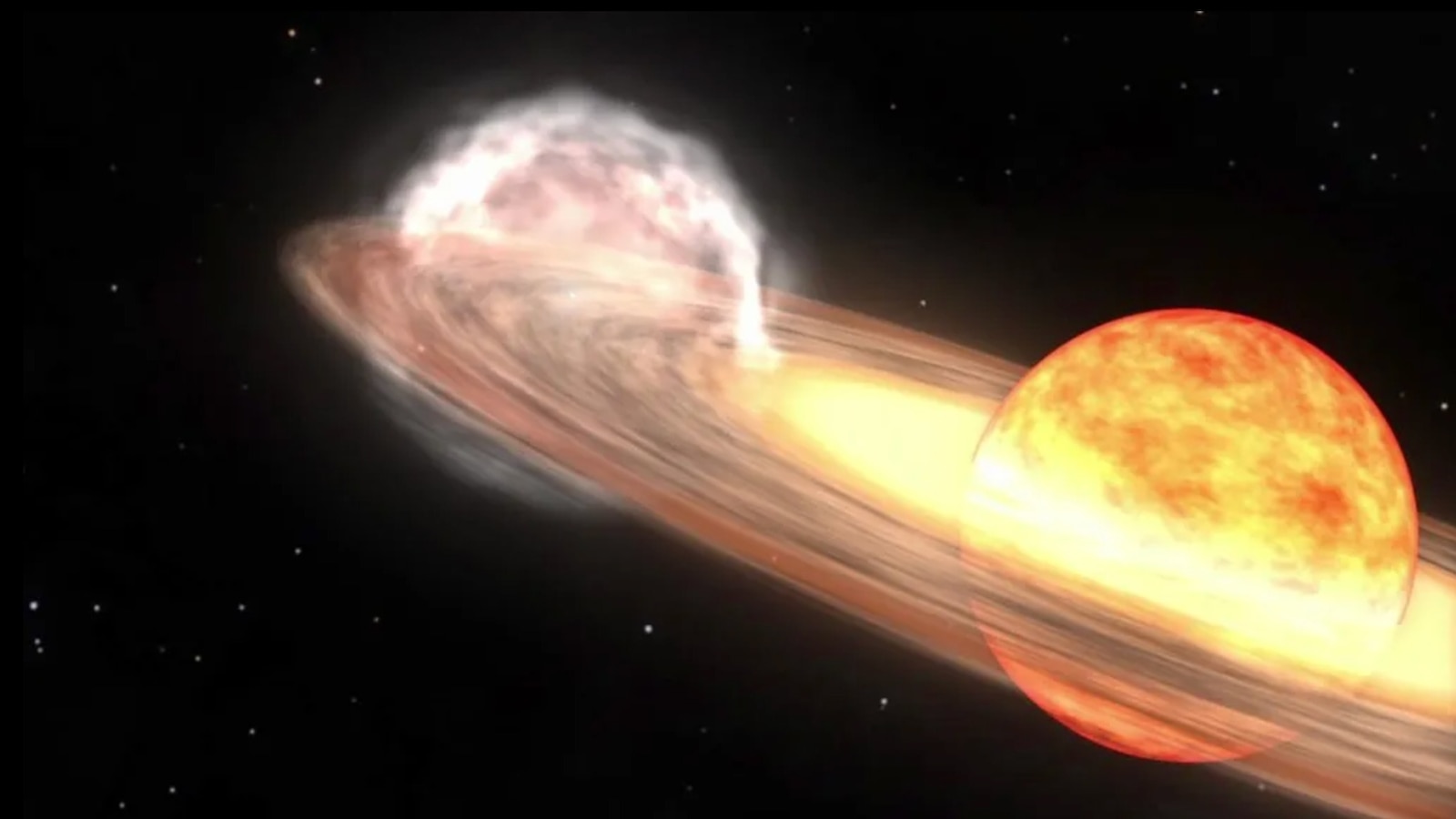The last recorded outburst from T Coronae Borealis – which includes a hot, red giant star and a cool, white dwarf star – was in 1946, according to the space agency, which forecasts it will do so again before September 2024.
Saved you a click :-)
Thanks! Just to add a little more detail:
The exact date and time of the astronomical explosion is unknown, but once it happens, Hounsell says the once-in-a-lifetime event is sure to inspire the next generation of skywatchers.
That’s so annoying! I want to make sure I see it!
deleted by creator
Hey-ey! Assman!
deleted by creator
How long will this be visible once it happens? The article doesn’t seem to say. I’m assuming it’s not a blink and you’ll miss it kind of thing.
Article says a few days to a week.
Everyone should download the app Starwalk 2
It’s amazing I have had it for years.
I saw this news opened the app and know that T Coronae Borealis is off to my left above the horizon at the moment. Unfortunately it’s the middle of the day though.
Hopefully it will be in the sky tonight when it’s dark too.
How does it compare to the SkyMap app? I’ve been using that one for years, and am happy with it.
I’ve never tried it, I imagine it would be similar
So what’s exploding? Am I watching an alien planet get obliterated?
No, any planets in the area were wiped clean a very long time ago.
We will see the star itself explode. In the process of these explosions, a remnant of the stellar body remains - in this case it continues to be fed off a nearby star and will restart it’s stellar lifecycle for another 80 years and do it again.
Nova aren’t strong enough to completely tear a star apart unless the star is large enough, like 200x the mass of our sun.






